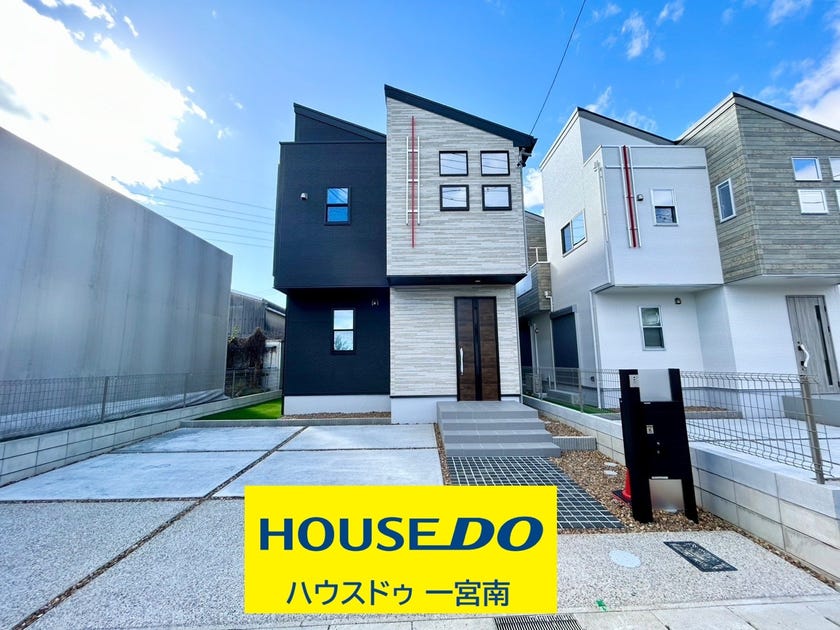
 No longer available
No longer available
South facing
Soil survey completed
Front road over 6m
Lush green residential area
Supermarket nearby
Quiet residential area
Low traffic volume
Good ventilation
Good sunlight
2-storey
Flat 35
S conformity certificate
Ready for immediate occupancy
Compatible with Flat 35S南向
地盤調査済
前道6m以上
緑豊かな住宅地
スーパーが近い
閑静な住宅街
周辺交通量少なめ
通風良好
陽当り良好
2階建
フラット35
S適合証明書
即入居可
フラット35Sに対応
| Land:土地面積 | 147 m² |
|---|---|
| Building:建物面積 | 105 m² |
| Structure:構造 | Wooden two-story building木造 2階建 |
| Built in:建築年 | 2024 |

Front road 6m or more
South side road surface
Green residential area
Quiet residential area
Less traffic in the surrounding area
Located on a hill
Good view
Good ventilation
Good sunlight
2-storey building前道6m以上
南側道路面す
緑豊かな住宅地
閑静な住宅街
周辺交通量少なめ
高台に立地
眺望良好
通風良好
陽当り良好
2階建
| Land:土地面積 | 242 m² |
|---|---|
| Building:建物面積 | 148 m² |
| Structure:構造 | 2-story wooden structure with galvanized steel sheet roof木造 亜鉛メッキ鋼板葺2階建 2階建 |
| Built in:建築年 | 1954 |

Japan is an enticing destination for those looking to immigrate and start a new life. It is a country that seamlessly blends rich tradition with cutting-edge modernity. One of the key factors that make Japan so attractive to prospective immigrants is the housing availability. While Japan's bustling metropolises like Tokyo, Osaka, and Kyoto offer a wide range of housing options, from modern apartments to traditional machiya, the country also faces a unique issue: a surplus of vacant houses, especially in rural areas. This provides an intriguing opportunity for immigrants to potentially acquire properties at reasonable prices, often at a fraction of what one might pay in major cities.
Japan's real estate market is diverse and can cater to various budgets. While cities like Tokyo tend to be on the higher end of the spectrum, there are still affordable options to be found in the suburbs and smaller towns. This inclusivity in housing costs allows immigrants to select a location that suits their financial circumstances.
AllAkiyas.com puts at your disposition thousands of Japanese real estate listings of properties available for sale or rent. Our extensive listings include detached houses, townhouses, apartments, commercial spaces, and vacant lots. We place a special focus on traditional vacant houses, known as akiya (or kominka in rural areas), and traditional townhouses, or machiya. You can easily search for properties across all of Japan's prefectures using your specific criteria.